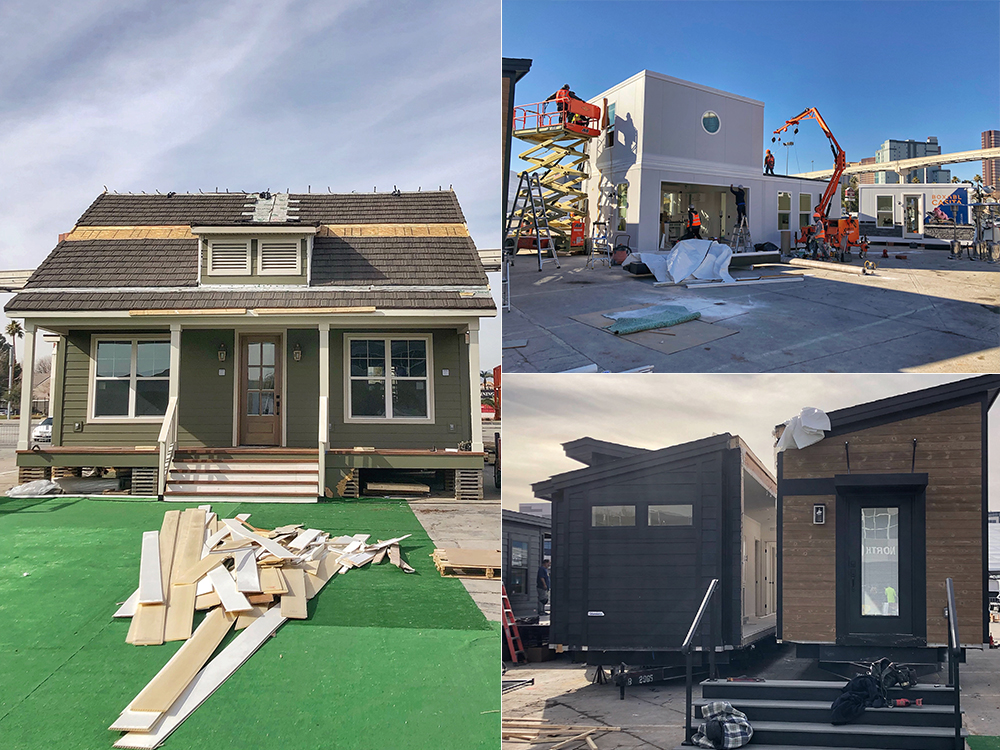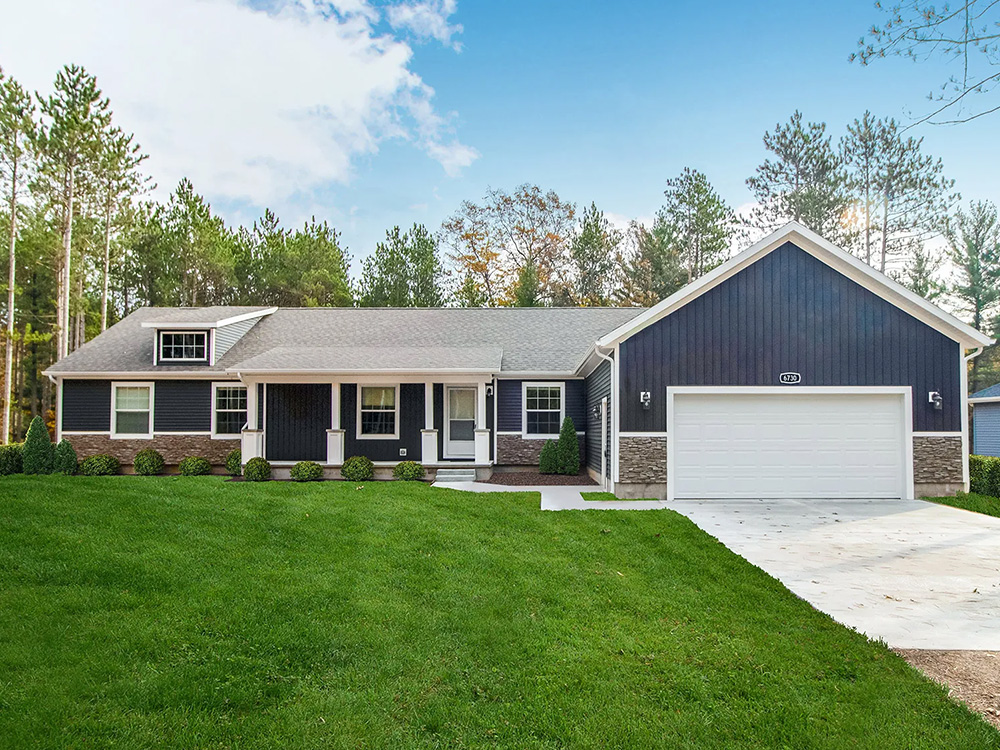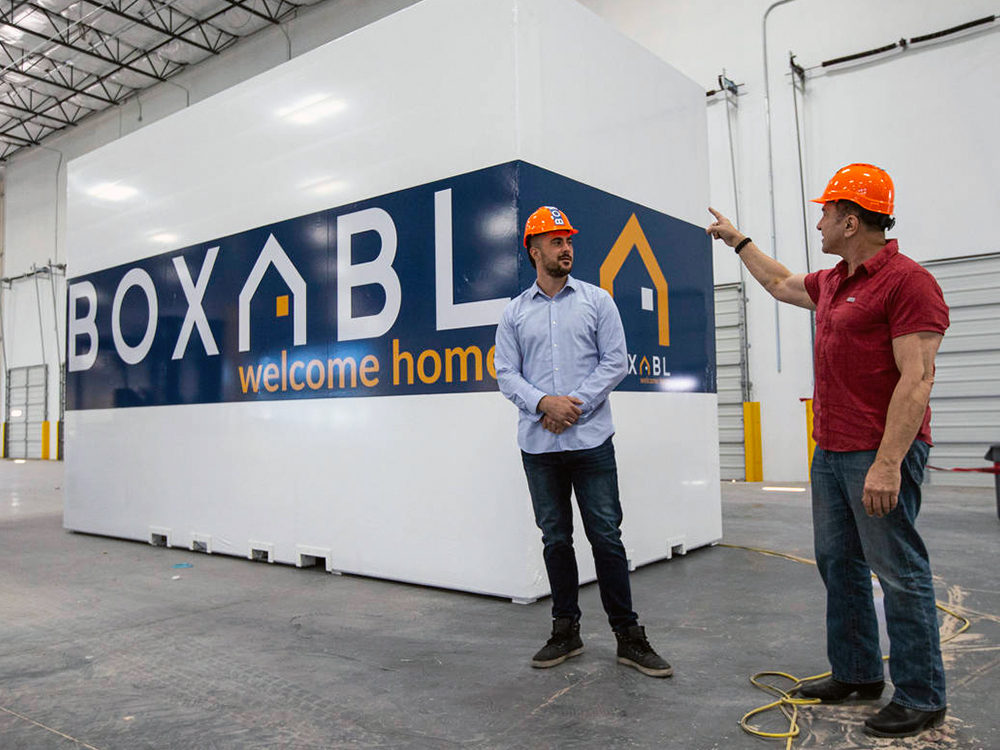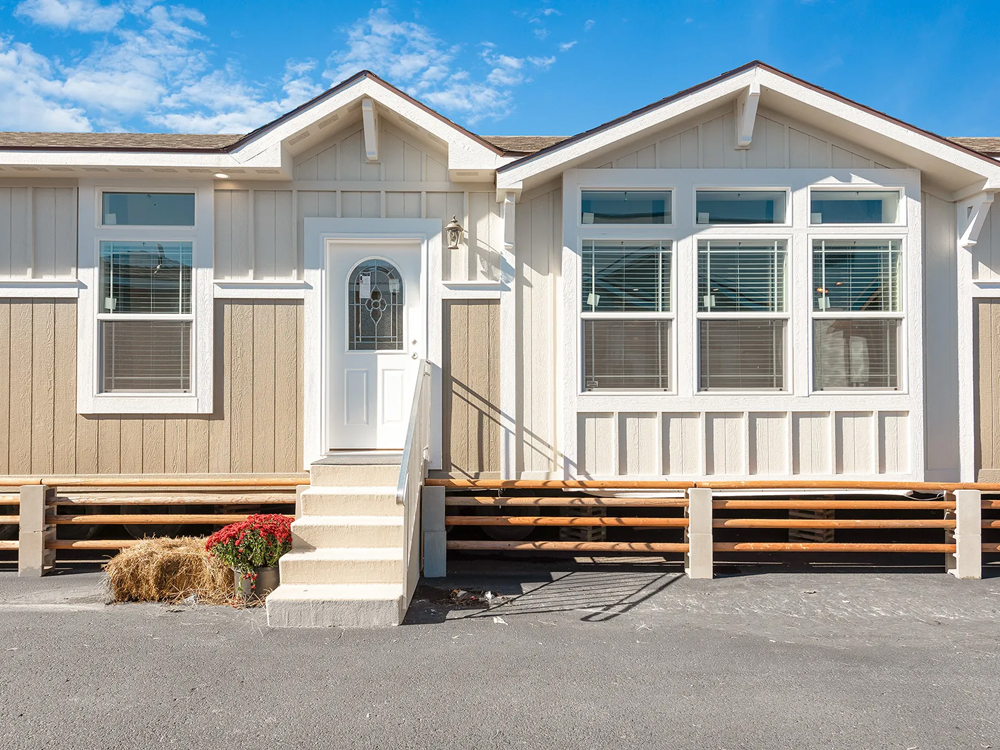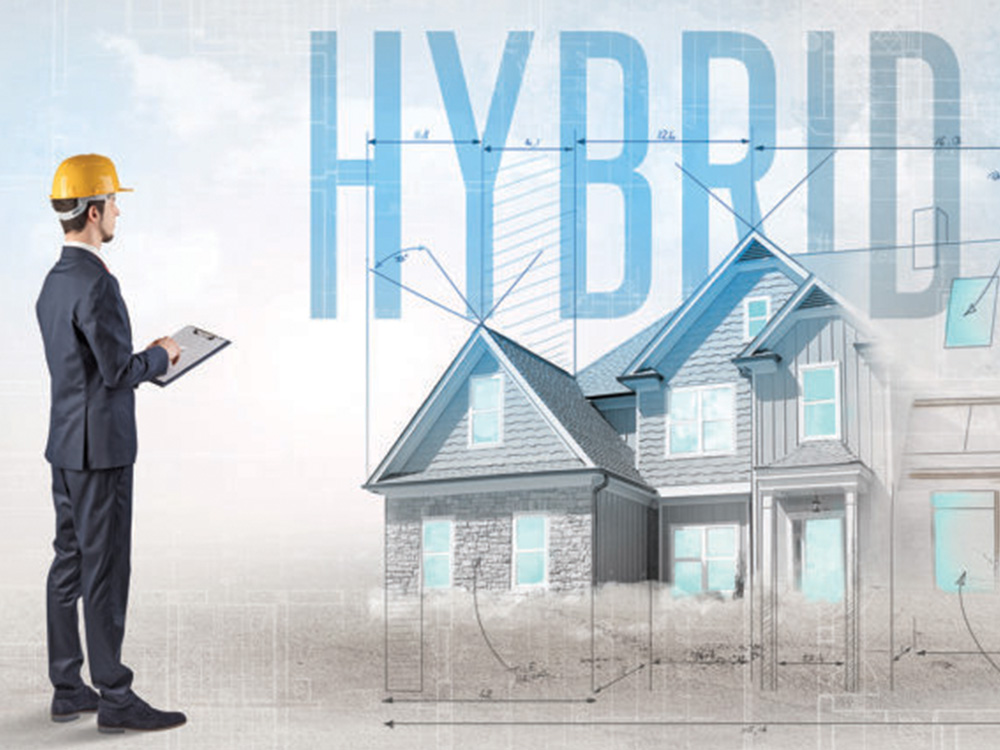
Hybrid Construction is the Future of Offsite
Credit: Original article by Ken Semler of Offsite Builder via The Final Word. Photo by Offsite Builder Staff.
Construction, whether for a home, hotel, or commercial building is still done almost entirely outside and on-site. In the modern world, buildings are about the only thing still made in this way. It makes no sense to build a car, watch, phone, or computer any other way than in a factory. But once you decide to apply this logic to buildings, then comes the really big question: How?
The Building Systems Council of The National Association of Home Builders recognizes four distinct systems-built categories: modular, panelized, concrete and log/timber construction. While all of these categories can be used as stand-alone building systems, they can also be used as part of a hybrid approach, in which they’re combined with one another and with conventional site-building.
I believe the hybrid approach is what will move offsite into the mainstream. Asking a builder to completely change the way it builds is too tall an order for most. It makes a lot more sense to implement systems-built approaches into parts of a project where they offer the best return on investment. One example might be a multifamily builder that stick-frames its buildings, but uses pods for bathrooms. Moving forward, many other combinations of volumetric modular, pods, panels and components will be tried.
So will new combinations of materials. Manufacturers will create components from wood-based materials and light-gauge steel, while new types of structural panels will be made from foam or composites. These options will give project owners, builders and developers what they need; not products per se, but solutions that are cost-effective, fast and meet or exceed building code.
But here’s the rub: how can we create the processes needed to deliver these hybrid solutions at scale? The offsite customer needs well-thought-out and designed processes to take the components built in a factory and consistently deploy them in the field. This is harder than it sounds, at least for now.
The reason it’s so hard is that the industry lacks an abundant stable of trained project managers with the expertise needed to seamlessly implement what the factory produces into hybrid projects. These managers need to understand the design, manufacture, delivery and installation of the offsite-built components, as well as how to make them work with the on-site-built features.
The problem will sort itself out though, because the industry is past the point of accepting the status quo. From the Top 10 Home Builders to the boutique custom builder, everyone realizes that change is in the air, even if the path to realizing that change is still coming into focus.
The next few years will be telling. Local and regional homebuilders and developers will be the first to move toward hybrid building systems and to develop or hire the expertise needed to implement them. Why? Because price pressures and labor availability will force them to do so.
The top builders are getting bigger and bigger. Their size and purchasing power means they can monopolize the shrinking pool of subcontractors and control construction costs in ways that local and regional builders can’t. The good news is that local and regional builders can level the playing field by using offsite components in key parts of their project.
Be aware, however: If you don’t take the lead in adopting this hybrid approach, it may soon be too late to compete with the first adopters as they tie up the needed market expertise. The time to act is now.
